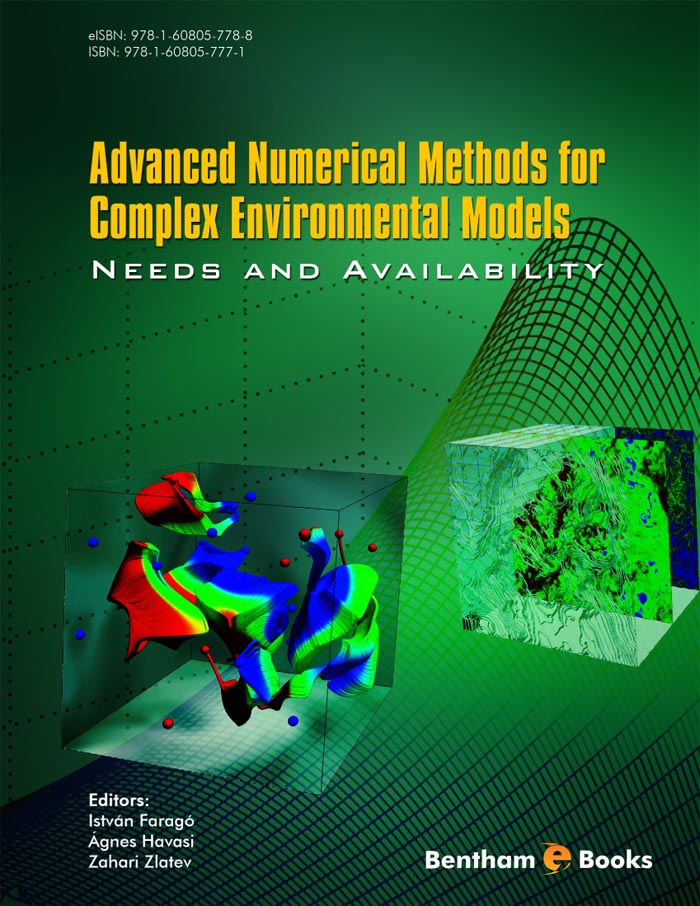Introduction
High air pollution levels pose a significant threat to plants, animals and human beings. Efforts by researchers are directed towards keeping air pollution levels below well defined ‘critical‘ levels in order to maintain a sustainable atmosphere and environmental system. The application of advanced mathematical models is important for researchers to achieve this goal as efficiently as possible.
Mathematical models can be used to predict answers to many important questions about the environment. However, their application will be successful only when several theoretical and practical obstacles are efficiently removed. A successfully applicable mathematical model needs to enable researchers to
- - Mathematically describe all important physical and chemical processes.
- - Apply fast and sufficiently accurate numerical methods.
- - Ensure that the model runs efficiently on modern high speed computers.
- - Use high quality input data, both meteorological data and emission inventories, in the runs.
- - Verify the model results by comparing them with reliable measurements taken in different parts of the spatial domain of the model.
- - Carry out long series of sensitivity experiments to check the response of the model to changes of different key parameters.
- - Visualize and animate the output results in order to make them easily understandable even to non-specialists.
This monograph thoroughly describes mathematical methods useful for various situations in environmental modeling - including finite difference methods, splitting methods, parallel computation, etc. - and provides a framework for resolving problems posed in relation to the points listed above. Chapters are written by well-known specialists making this book a handy reference for researchers, university teachers and students working and studying in the areas of air pollution, meteorology, applied mathematics and computer science.

